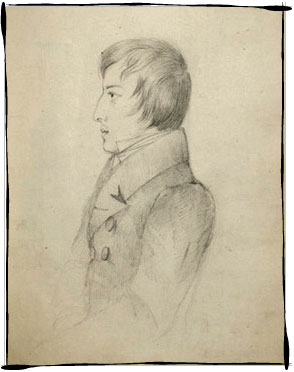



About waltz
Waltz is a dance music genre, in the ¾ time signature and quite brisk tempo. It originates mainly form an Austrian folk dance, Ländler (German: Ländler), but also other related rotating dances, such as Deutscher Tanz, Steirischer (in Poland referred to as sztajerek) or Dreher. A characteristic feature is the spinning movement of the dancing pairs, hence its name (from German: walzen – to turn). There is a number of varieties of waltz, out of which the most famous ones are the lively Viennese Waltz and slower and more nostalgic English Waltz. The dance gained popularity in the late 18th century, expanding from the peasant’s community to almost all social classes: from bourgeois salons to aristocratic ball rooms. In the 19th century it was concert waltzes of Viennese genre, composed by Joseph Lanner and Johann Strauss (father) and Johann Strauss (son), that enjoyed significant interest. At the same time stylised waltzes would be composed, in particular for the back then popular piano; among their authors one should mention the most outstanding ones: C.M. von Weber, F. Schubert and, certainly, F. Chopin.
Waltzes by Chopin
Chopin familiarised himself with the folk waltz for the first time probably during his holiday stays in Szafarnia. In a letter to his parents from 1825 he wrote: “There began dancing, a waltz and an obertas, but to encourage the farm-hands standing in silence and only jumping around on the spot, I made the first couple for the waltz with Miss Tekla, and at the end with Mrs Dziewanowska. Afterwards, everyone became so enthused that they danced in the courtyard until they dropped (...).” The same letter and a slightly later one constitute probably the earliest proof of Chopin’s compositional attempts in this genre: “Sisters, I wanted to send you my little waltz, but I have no time to write (...).” There is no doubt that Chopin was composing waltzes from the earliest age. 18 waltzes have been preserved to our times, out of which only 8 were published by the composer. It is also known that 8 pieces of this genre are lost.
Eight waltzes, to which Chopin gave opus numbers, are pieces of the highest quality. They are dance poems, in which the composer masterfully combines the elegance of a sophisticated salon with refined melodic brilliance and intricate harmony. Generally, they can be divided into two types. The first is the virtuoso valse brillante, maintained in fast tempo, very often with a distinctive introduction and flamboyant coda, as, e.g., the Waltz in E-flat major, Op. 34 No. 1 or the Waltz in A-flat major, Op. 42. The second type are melancholic and nostalgic waltzes, maintained in a slower tempo and minor keys, as the Waltz in A minor, Op. 34 No. 3 or the Waltz in C-sharp minor, Op. 64.
Next to these extensive waltzes of the official trend, there are also pieces which Chopin did not reveal to the wide group of audience. They are of much smaller size, however, their expression, brilliance and elegance are not inferior to the opused waltzes. These include a number of youth waltzes (e.g., the Waltz in B minor WN19). Waltz was also one of the most popular genres that Chopin would offer as a gift to his pupils and friends. A prominent example is the sentimental Waltz in F minor WN55, preserved in five different autographs, out of which four include dedications.
Waltz in D-flat major, Op. 64 No. 1
In the Waltz in D flat major, dedicated to Delfina Potocka, Chopin returned in style, and perhaps in recollection, to the early thirties and the style brillant. In this later variety, however, that dazzling, but insubstantial style acquired new characteristics. Firstly, a succinctness of utterance, wholly alien to its prototype, but not contrary to its ephemeral character. Secondly, the somewhat melancholy tenderness with which the waltz’s trio is expressed – a clear echo of analogous sections from 1830s waltzes. But the coda of the D flat major Waltz, through its terseness, breaks with brillant practice and – as in Heine – acts as a point of culmination.
The well-informed Count Stanisław Tarnowski circulated an anecdote according to which the D flat major Waltz constituted a singular reflection of that external, worldly side of Delfina Potocka’s personality.
Author: Mieczysław Tomaszewski
A series of programmes entitled ‘Fryderyk Chopin's Complete Works’
Polish Radio 2
Literature:
Bielecki Artur, Walc, http://pl.chopin.nifc.pl/chopin/genre/detail/id/4
Tomaszewski Mieczysław, Walc Des-dur op. 64, [in:] Cycle of broadcasts “Fryderyka Chopina Dzieła Wszystkie” Polish Radio 2
Eigeldinger Jean-Jacques, Chopin w oczach swoich uczniów, Kraków 2010
Komarnicki Krzysztof, Walc, http://www.muzykotekaszkolna.pl/wiedza/gatunki/walc
Zieliński Tadeusz A., Chopin. Życie i droga twórcza, Kraków 1998

